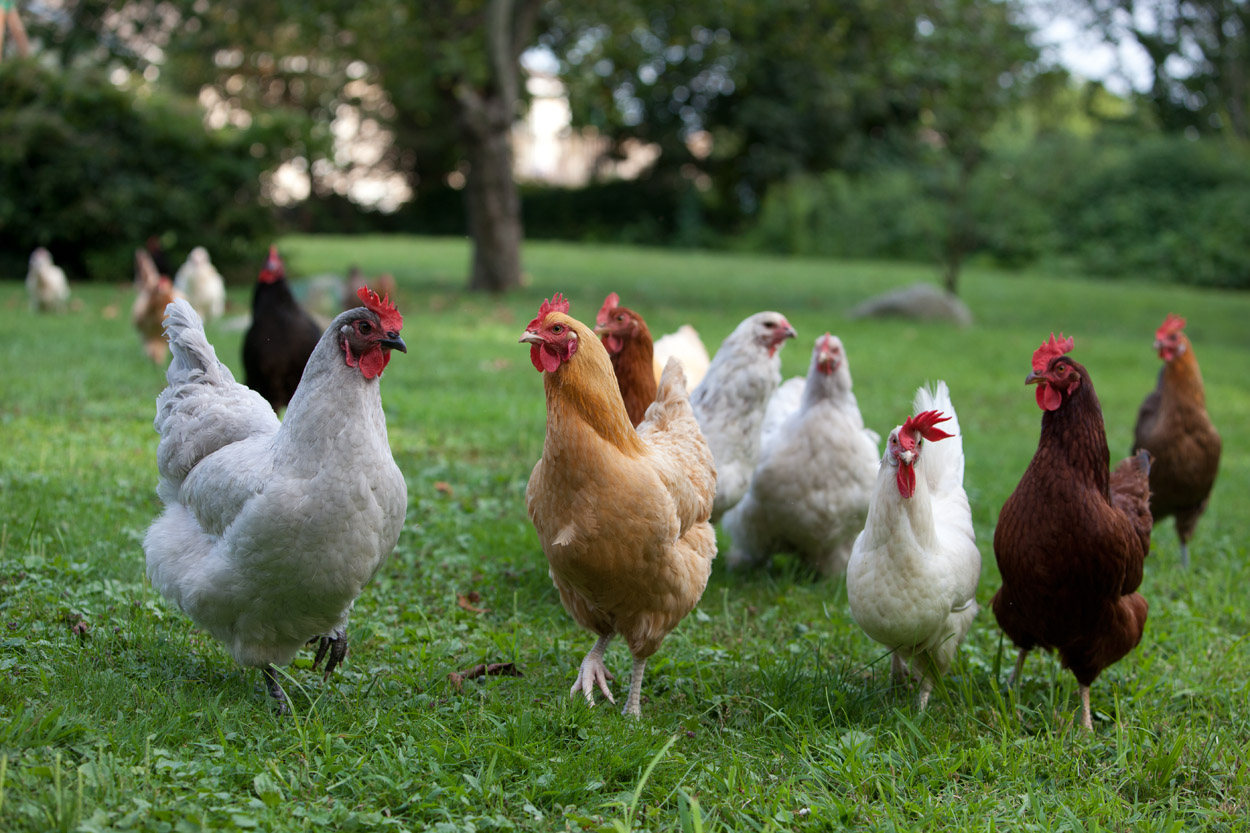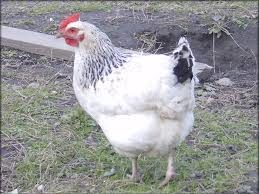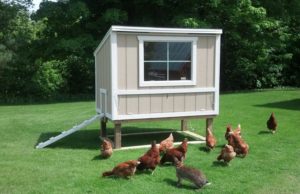
The explosion in popularity of backyard chickens doesn’t seem to be slowing down anytime soon, and it’s no wonder why. They are cheap to keep, very self-reliant and an incredibly hardy animal. Not to mention those fresh eggs you get every day taste too good!
Raising chickens can be incredibly straightforward once you understand the basics. Fortunately for you, today we are going to cover the simple steps you need to know to make your journey into the chicken keeping world a successful one.

There are three ‘groups’ of chickens:
- egg layers,
- meat birds,
- dual purpose.
Clearly if you want a meat bird then you should choose either a meat bird breed or dual purpose. Most of the birds available today from hatcheries fall under dual purpose. This is also what I would recommend to beginners as they are generally hardier and less prone to illness.
In case you’re wondering dual purpose means; the hens are both good for egg laying and also meat birds.

Finally the shelter. Chickens are humble creatures and aren’t fussy at all. They don’t need much out of a shelter, just dry, warm and security. Security being key here; especially if you live rural or off grid. You don’t want a coyote taking your chickens for its dinner.
Once you’ve got your chickens used to their day to day routine (feeding, letting them out to forage, etc.) you will need to periodically perform a few ‘maintenance’ tasks to keep them healthy. The most important maintenance task you will need to perform is the monthly health check. This should involve handling each chicken and checking them over for any lice or parasite infection. In addition to this, each day, as you let your flock out, you should keep an eye on them. Once you establish what normal behavior is for them, you will soon realize something is up if they start acting abnormally… As I mentioned earlier, chickens are incredibly hardy however they do still occasionally fall victim to illness or some form of ectoparasite.
The final topic you need to know in order to raise healthy chickens is: the pecking order. I imagine most people reading this will already be familiar with the term but uncertain about its origin.
The pecking order refers to the social hierarchy between chickens; you will find this in any flock of chickens. The hens at the top of the pecking order get first access to food and the best roosting locations. Hens towards the bottom of the pecking order can be bullied and treated as a second-class hen. At times this can become too extreme and you will need to take action; you know the pecking order and bullying is too extreme when blood is drawn from one of the lower ‘ranked’ chickens. If this happens you should remove the chicken causing the damage for a few days before re-integrating them back into the flock.
I mentioned the pecking order because the occasional bickering and pecking between hens is to be expected and is perfectly healthy chicken behavior. It’s only when it goes too far that it becomes a problem; however this is fairly rare in practice.
We hope this foray in the exciting world of chicken keeping has given you the confidence you need to go out and get yourself some hens. They are incredibly hardy and won’t give you much trouble at all. Leave a comment below letting me know which breed you decided to go with.




















